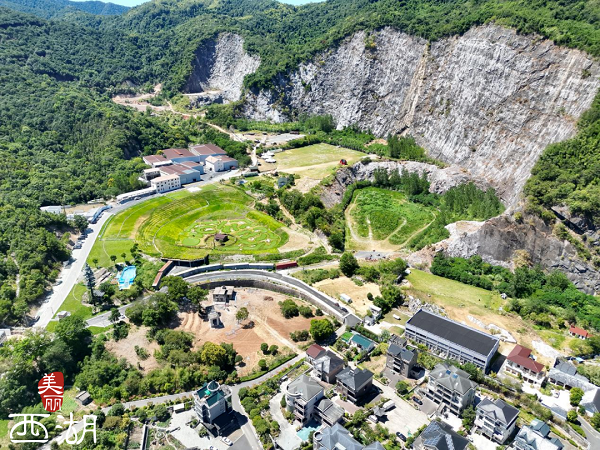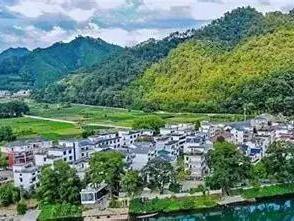When it comes to the cultural roots of Zhejiang, archaeologists point to the Hemudu Culture of 7,000 years ago.
In the first half of 1973, a group of workers was building a small pump station in Yuyao, then a rural county, and now a county-level city in the administrative system of Ningbo in eastern Zhejiang. The construction site was near Dutou Village on the Yaojiang River. The workers were digging deep into the ground before they unearthed a layer of broken roof tiles and rotten wood. A report was made. Experts arrived. The archaeological finds from two major excavations indicate it was the ruins of a primitive settlement of 7,000-6,000 years ago. The primitive society stands out as the Hemudu Culture.

Before the discovery of Hemudu, the most valuable archaeological finds in Zhejiang had been largely in the Hangzhou-Jiaxing-Huzhou region in the north of the province. In the vast region south of the Qiantang River, there had been only some unimportant small things ever found at sporadic sites. No one had expected to find something so significant and ancient as the Hemudu Culture in a region where the sea had been around in a distant past. Such a well-preserved settlement of 7,000 years ago was the first ever found in the world.
The Hemudu culture has not only redrawn the map of the ancient Chinese civilization but also changed the worldview of archaeologists and historians in China and beyond. On the other hand, ancient culture has fascinated the public and made people of Zhejiang proud.
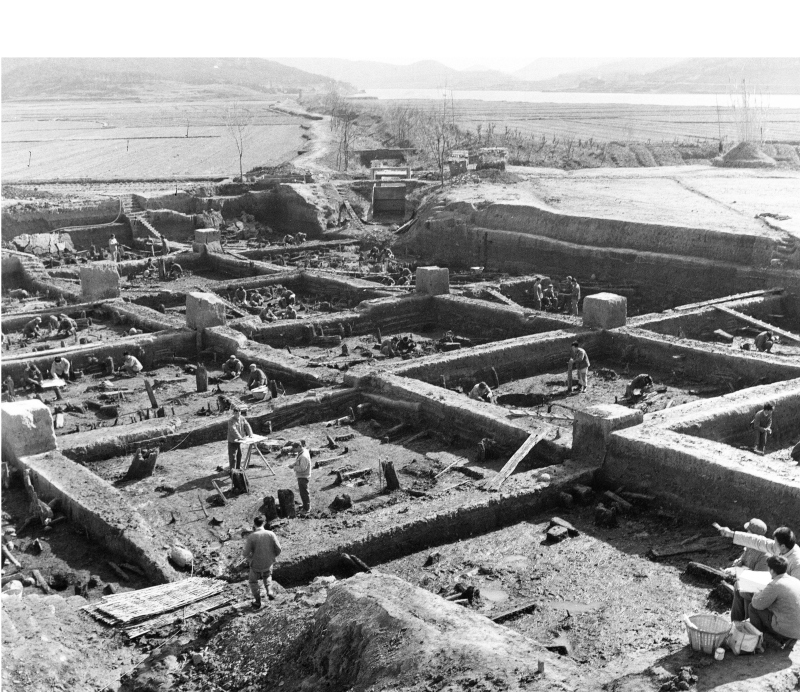
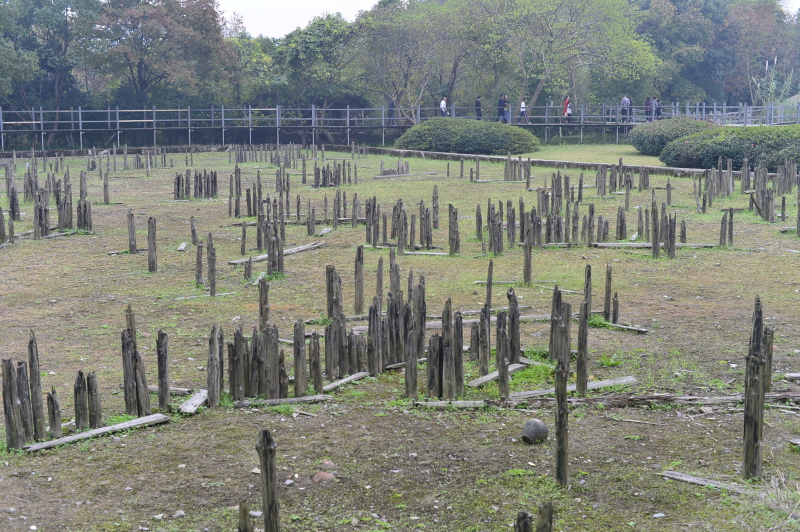
The timeline of a series of the Hemudu Culture-associated archaeological events is very impressive. In 1976, the name of the Hemudu Culture was suggested and in 1977 it was officially named after the state archaeological administration gave a fund of 100,000 yuan (it was an unheard-of amount ever allotted to one excavation project in China) for the second excavation. In 1978, a thorough report of the second excavation was published. The discovery of dozens of sites in Ningbo-Shaoxing Plain and Zhoushan Archipelago defined the geographical boundaries of the Hemudu Culture. In 1982 the site of Hemudu was inscribed as a key cultural relic unit under state protection. In the late 1980s and 1990s, a series of major Hemudu-related sites were identified and named. In 2019, a major excavation started at Jintoushan Ruins, which is closely associated with the Hemudu Culture.

While further archaeological studies will certainly open up more about the Hemudu Culture and its significance in the history of China and the history of many neighboring countries, what has been known is adequate enough to make some conclusions. The Hemudu Culture is a unique landmark in the south of China in the Neolithic Age. Moreover, it represents the major origin of traditional woodwork in the south of China.
Some scholars suggest that the stilt house popular in the southwest of China and the Southeastern Asian countries, in terms of construction materials, style and technologies, can apparently be traced back to the Hemudu culture. Stone axes and stone adzes unearthed in Fujian, Taiwan, and Guangdong in prehistoric ruins can be traced back to Hemudu. They are also excavated in prehistoric sites in the Philippines, Polynesia, Micronesia, and Indonesia, the sites that are about 1,000 years younger than the Hemudu sites. Among scholars, the Hemudu Culture is considered a key chapter of the prehistoric cultures in the western Pacific region. For example, the DNA data from the remains of a domesticated dog unearthed from the Tianluoshan Ruins, a major site of the Hemudu Culture, indicates that there is a strong DNA similarity between the dog from Hemudu and the wild dogs and domesticated dogs in prehistoric times in Southeast Asia, Papua New Guinea, Australia long before western colonizers arrived.
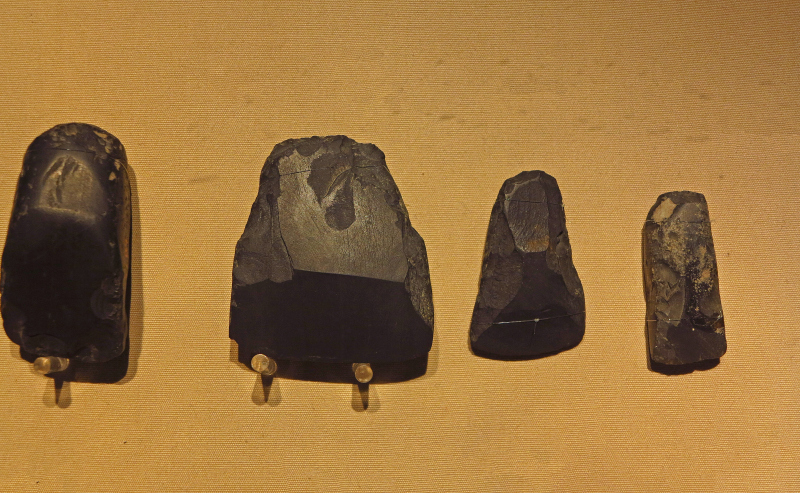
One outstanding characteristic of the Hemudu Culture is rice agriculture. Though the Hemudu Culture is not the earliest rice agriculture in the south of China, our ancestors in Hemudu certainly played a major role in spreading rice farming to the coastal regions in the southeast of China. Many scholars believe that rice farming, which appeared in Japan in the Yayoi period (ca. 400BC-300AD) and transformed Japan radically, very probably came from China’s southeast in prehistoric times. Scholars view the Hemudu Culture as a source of the proto-Austronesian cultures.
The wooden oars and bones of sea fish and the patterns of shellfish on pottery pieces unearthed from the ruins of the Hemudu Culture suggest that our ancestors were able to sail and fish on the sea. Archaeological finds from the Hemudu Culture indicate that the everyday life of the Hemudu Culture was relatively rich and colorful. The bird worship and the sun worship seen in the Liangzhu Culture of 5,000 years ago could be traced back to the Hemudu.


